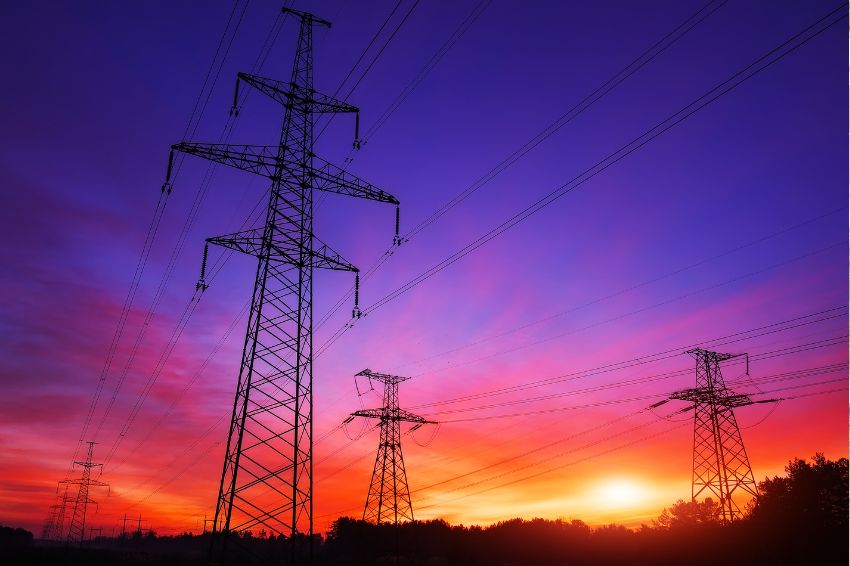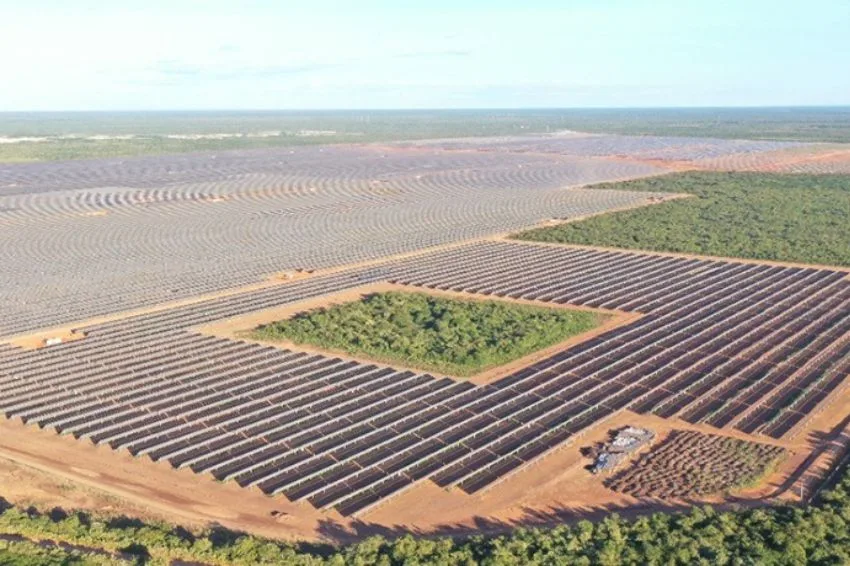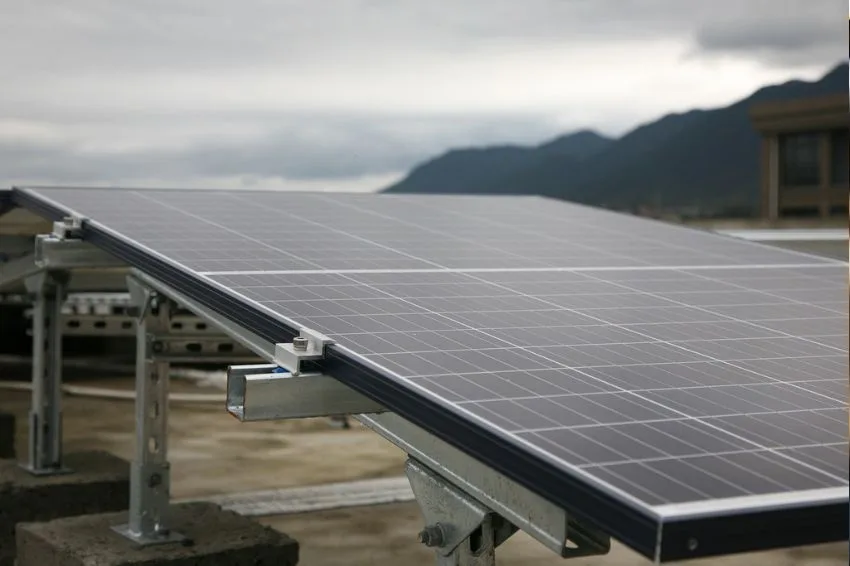The bulletin of Monthly Operation Program (PMO), referring to the operating week between March 18th and 24th, outlines a panorama of stability in the Stored Energy (EAR) to the end of the current month.
According to the National Electric System Operator (ONS), all subsystems continue with the possibility of reaching levels above 80% on the last day of March. The North region has the highest forecast, with 99.6%.
The Southeast/Central-West should reach 84.9%, an indicator that, if confirmed, will be the highest in the region in March since 2007 (87.3%), that is, 16 years ago. For the Northeast and South, projections are 88.5% and 83.8%, respectively.
Regarding Influent Natural Energy (ENA), the perspective is that the indicator will end the month remaining at levels above 100% of the Long Term Average (MLT) in three subsystems.
According to the Operator, the highest percentages are for the North, 113% from MLT, and to the South, with 111% from MLT. For the Southeast/Mid-West, the indication is 108% from MLT. For the Northeast, the results point to 49% from MLT.
The Marginal Operating Cost (CMO) remains at zero for the thirteenth consecutive week and equalized across the country. The prospective load scenarios are a reduction in the National Interconnected System (SIN) and in two subsystems.
The SIN may register a slowdown of 1.0% (74,319 MWmed), a similar movement is estimated for the Southeast/Mid-West, 4.8% (42,526 MWmed), and for the South, 9.9% (11,796 MWmed). The other two submarkets are expected to increase their load.
The Northeast should register growth of 16% (13,427 MW ad) and the North an increase of 14.8% (6,570 MW ad). The data compares the percentage estimated for the end of March 2023 compared to the same period last year.
For this week, load projections considered meteorological signs that high temperatures will occur throughout Brazil. Furthermore, the ONS highlighted the possibility of returning the load of a free consumer from the basic network in the Northeast subsystem.















